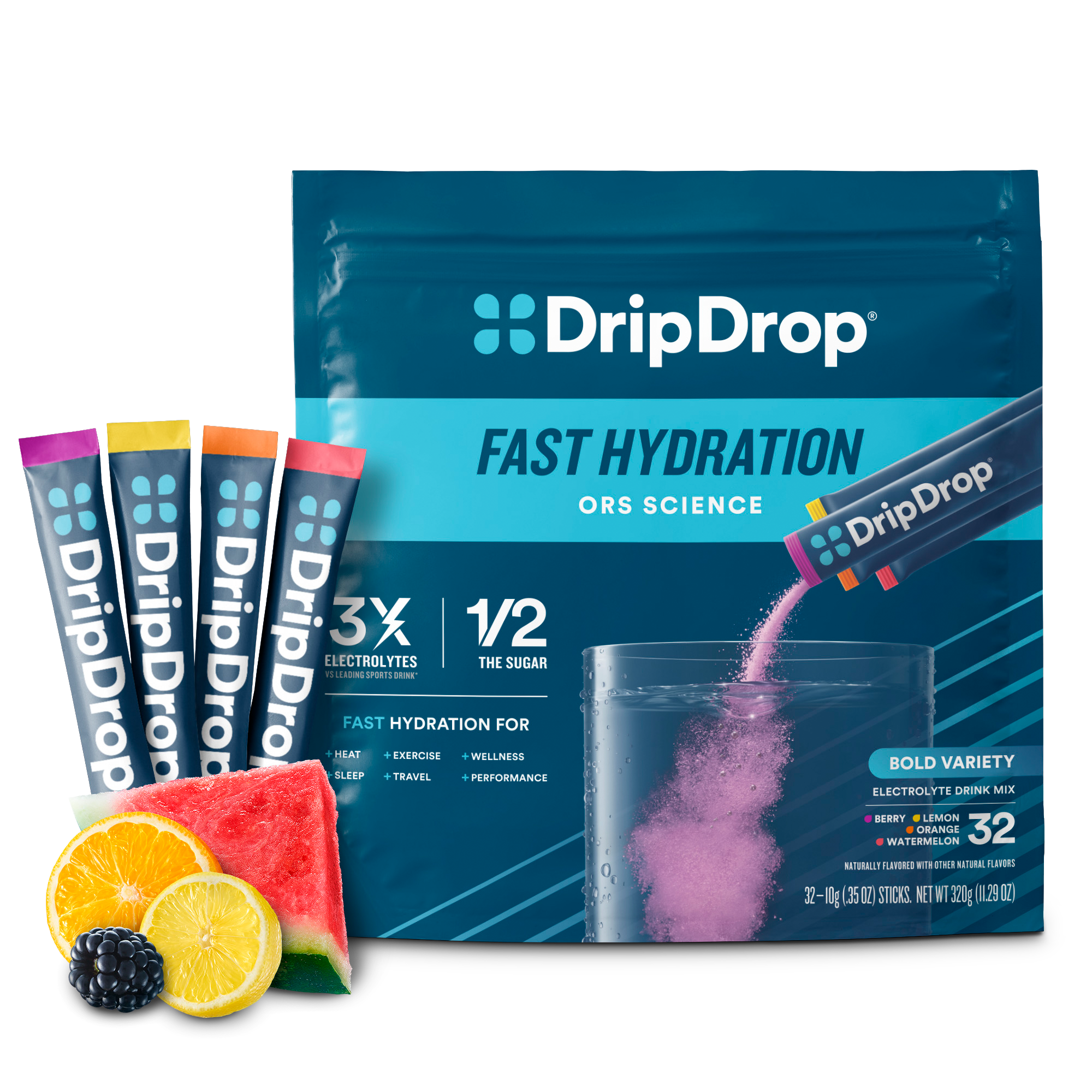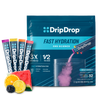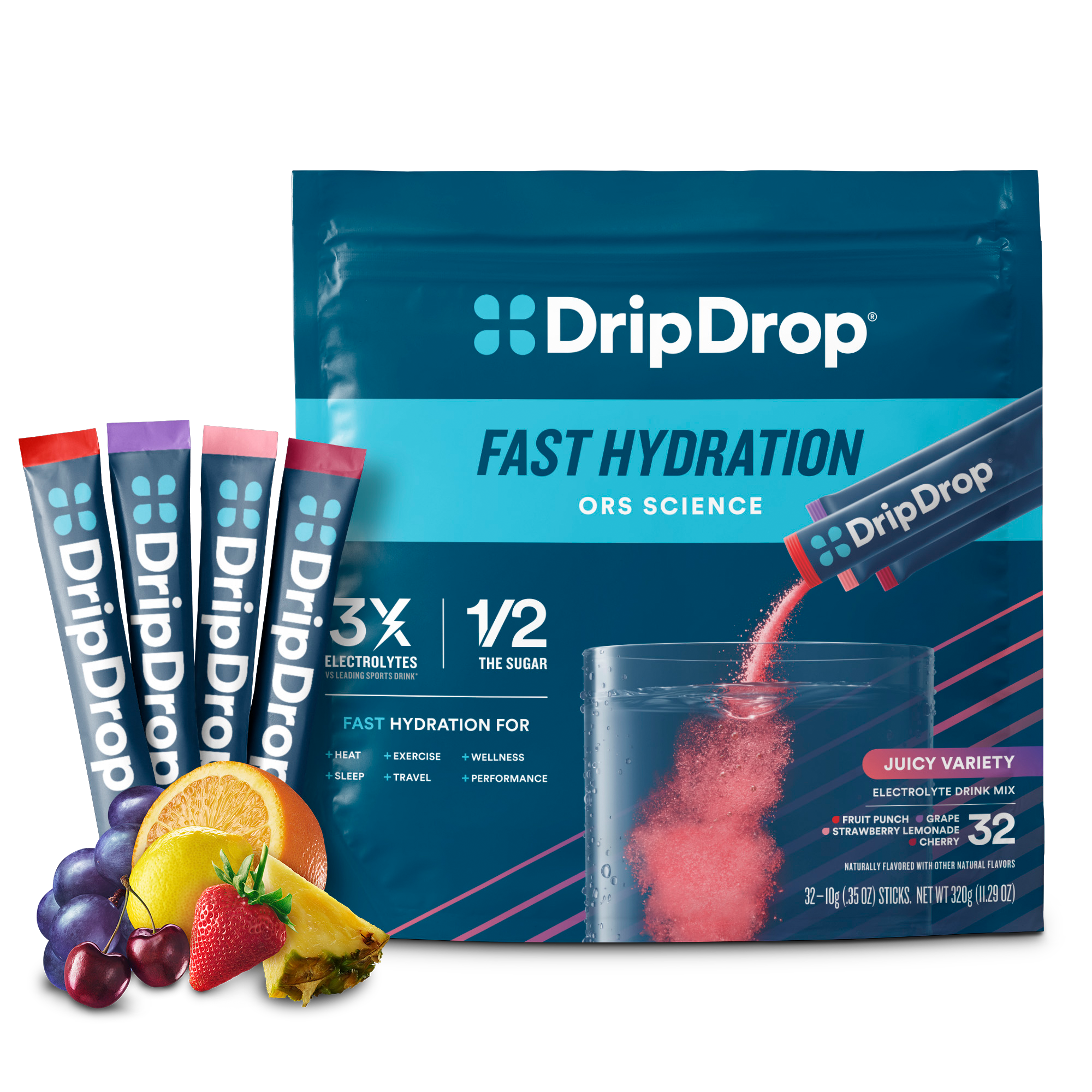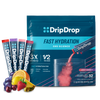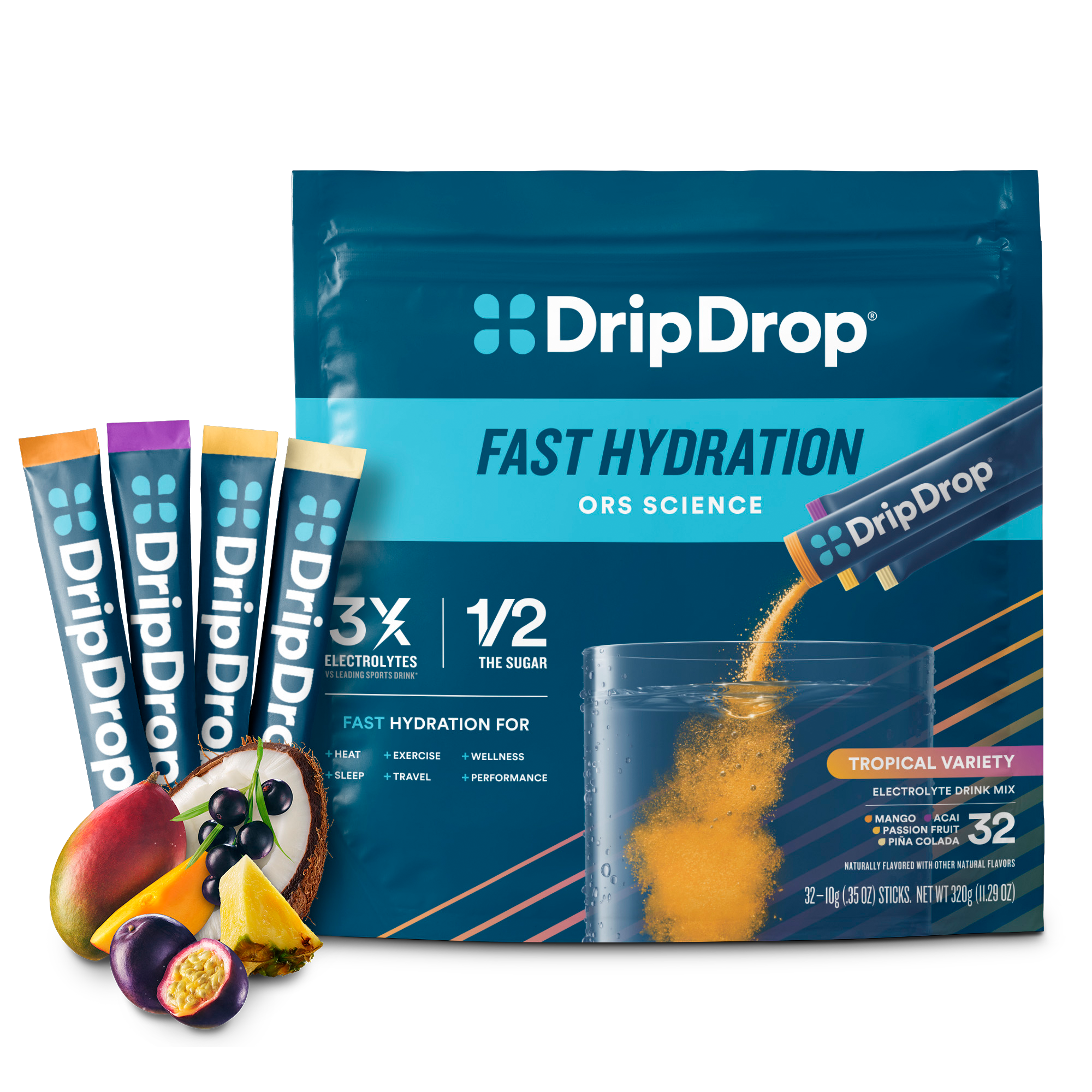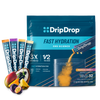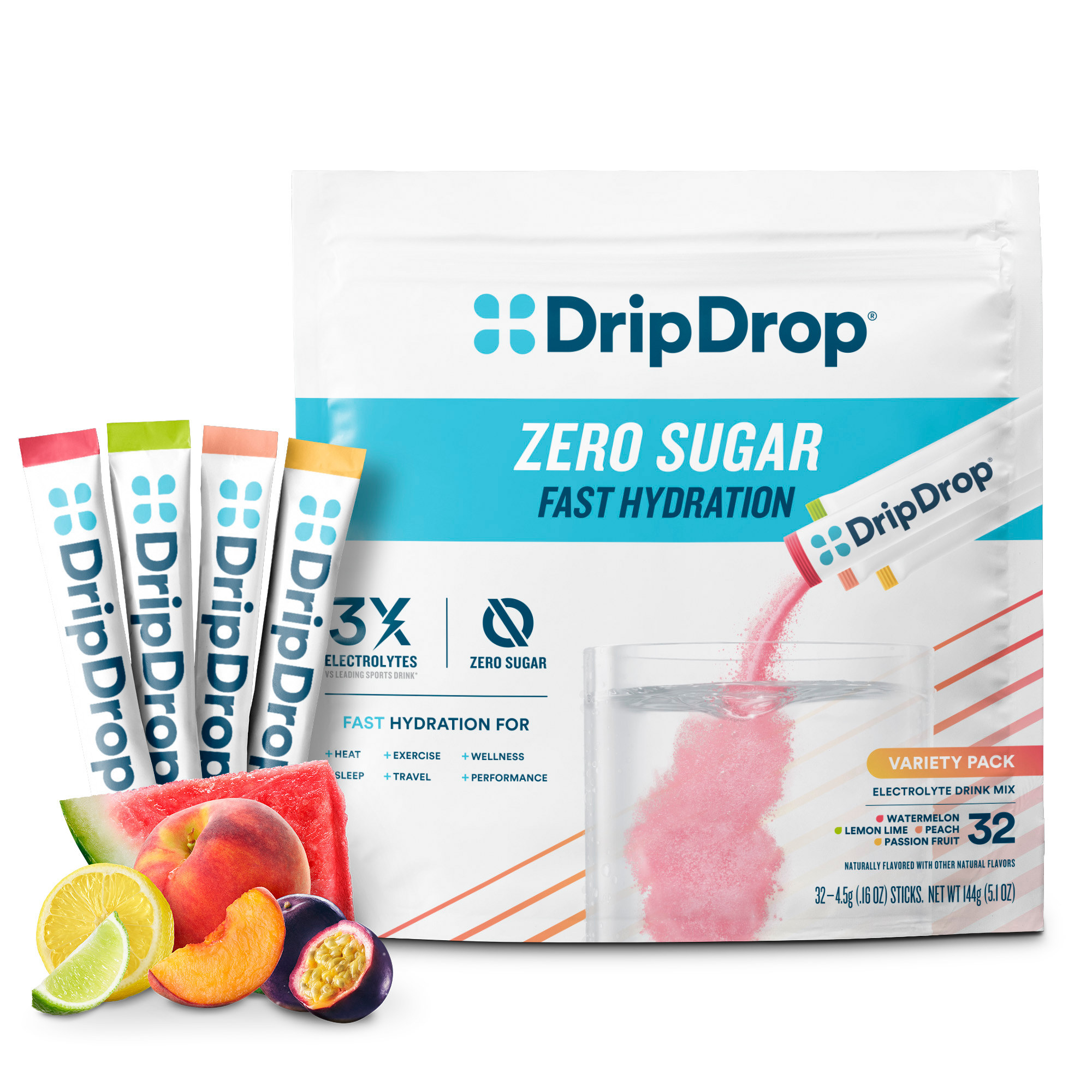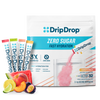The early days and weeks of parenthood are filled with an immense amount of joy and love. But this can also be a stressful time for many parents, especially when it comes to breastfeeding. Many new mothers worry about whether they're providing enough breast milk. It can be hard to gauge the amount of milk the baby is consuming and whether you’re producing enough.
Here, we’ll show you the main causes of low milk supply, like dehydration. You’ll learn how to recognize the signs of low milk supply and the most common signs of dehydration. We’ll also give you tips on how to increase your milk supply.
What Causes Low Milk Supply?
Before we address how to increase milk supply, it’s useful to understand what causes low production in the first place. While only a small number of women experience breast milk production issues, there are several factors that may cause a shortage.
Bottle feeding
Researchers are still learning about breast milk production. However, most agree that it’s heavily dependent on the hormones in your body and supply and demand.
Prolactin is a hormone that signals your body to produce more milk. As your baby breastfeeds, your body increases prolactin levels to increase milk production. Skin-to-skin contact with your baby also stimulates the production of oxytocin. This hormone tells breast muscles to excrete milk, making the breastfeeding experience easier.
Supplementing with formula or bottle-feeding can reduce milk supply. As your baby feeds on less of your milk, your body creates less milk in response.
Pacifiers
Similarly, babies who use a pacifier may be less likely to suckle on your breast. This can also lead to a decrease in milk supply since hormones like oxytocin and the protein prolactin aren’t stimulated.
Dehydration
Many breastfeeding moms may also be unaware that your level of hydration can affect milk production. Dehydration is a condition where fluid loss is greater than fluid intake. If you’re dehydrated, you may be unable to produce enough breast milk.
Breast milk is made of around 80% water. If you don’t drink enough fluids or lose them too quickly, dehydration can set in. That means your body may not have enough water to create breast milk for your baby.
Health Issues
Women who suffer from hormonal disorders, thyroid problems, or diabetes may have difficulty producing enough milk. Rare medical conditions, including mammary hypoplasia and insufficient glandular tissue (IGT), can also lead to low levels of milk production. Women who have had breast surgery or trauma may also have difficulty with lactation.
If you’re worried about low breastmilk supply, talk to your pediatrician or a lactation consultant (known as an IBCLC). They can help identify the underlying cause of the issue and arrange a plan to address the problem.
How to Increase Milk Supply
Many mothers wonder how to increase milk supply. However, most women produce enough milk for their baby’s needs. One way to tell if your baby is getting enough milk is to evaluate your baby’s weight gain.
Work closely with your pediatrician to ensure your baby is gaining weight at a healthy rate. If the baby’s weight gain is slow, it may be time to take a look at breastmilk production. A healthcare professional can help pinpoint any underlying issues that can reduce your body’s ability to produce enough milk.
Outside of managing medical complications, below are 4 ways to increase your milk supply.
1. Lactation Boosters and Galactogogues
Some home remedies known as galactogogues are purported to increase breast milk production naturally. These lactation boosters include things like lactation cookies, flaxseed, blessed thistle, fenugreek, and brewer’s yeast. Before using these home remedies, it’s important to talk to your doctor to avoid problematic side effects.
2. Improving Your Baby’s Latching
If your baby is having a hard time latching, milk production may decrease. You can work with a lactation consultant to get tips on how to improve your baby’s latch. This can improve milk flow and signal your body to produce more milk.
You can also try to extend the length of your nursing sessions, which should be longer than five minutes.
3. Pumping Milk After Nursing
Another way to increase milk supply is to drain your breasts with pumping sessions every time you nurse. Pumping milk after your nursing sessions will send your body signals to produce milk, increasing supply.
If your baby has a hard time latching or feeds infrequently, you can use a breast pump to empty the milk. The pump uses breast compressions to remove all the milk.
4. Staying Hydrated
One of the best ways to increase breast milk production is to make sure you aren’t suffering from dehydration. Remember, dehydration can dramatically decrease breast milk production. By staying hydrated and avoiding dehydration, your body will have the water and electrolytes it needs to build milk supply.
Milk Production and Dehydration
If you want to know how to increase milk supply, it’s vital to prevent dehydration. Dehydration can lead to a low milk supply, especially if you suffer from chronic dehydration. Unfortunately, studies show that almost 75% of Americans are chronically dehydrated. That means it’s incredibly important to manage your hydration levels.
The first step is recognizing the signs of dehydration.
Here are the most common signs of dehydration:
- Extreme thirst
- Dry skin or dry mouth
- Decreased urination or dark urine
- Constipation
- Muscle cramps
- Headaches
- Low blood pressure
- Lightheadedness and fatigue
- Dizziness
- Confusion
- Fainting
- Sunken eyes
One of the easiest ways to tell you're dehydrated is to look at your urine. Your urine should be light yellow, similar to the color of lemonade. If you have darkly colored urine, start addressing your hydration right away.
Another easy test for dehydration is called the skin turgor test. Pinch the skin on your knuckle and then let go. If you’re hydrated, the skin will snap back into place. If you’re dehydrated, the skin will suffer from decreased elasticity and take longer to return to its normal position.
If you recognize the signs of dehydration, it’s important to act fast. Not only does dehydration impact milk production, but it can also be life-threatening if left untreated.
Fight Dehydration With DripDrop
New moms often wonder how to increase milk supply and whether they’re producing enough. The breastfeeding journey can be difficult, but it doesn’t have to be overwhelming.
If you suffer from dehydration which affects your milk supply, experience better rehydration with DripDrop. When you are dehydrated, your body needs the perfect balance of electrolytes to regain fluid balance. With the precisely balanced ratio in DripDrop, you can replenish vital electrolytes and fluids to relieve dehydration quickly.
For cases of mild to moderate dehydration, DripDrop is a fast, effective, and great-tasting remedy. Perfect for moms on the go, the convenient packaging allows you to hydrate when you need it, where you need it.
Get started with our most popular multi-flavor pouch for dehydration relief fast. Or, learn more about how you can save up to 25% on every purchase when you subscribe.



